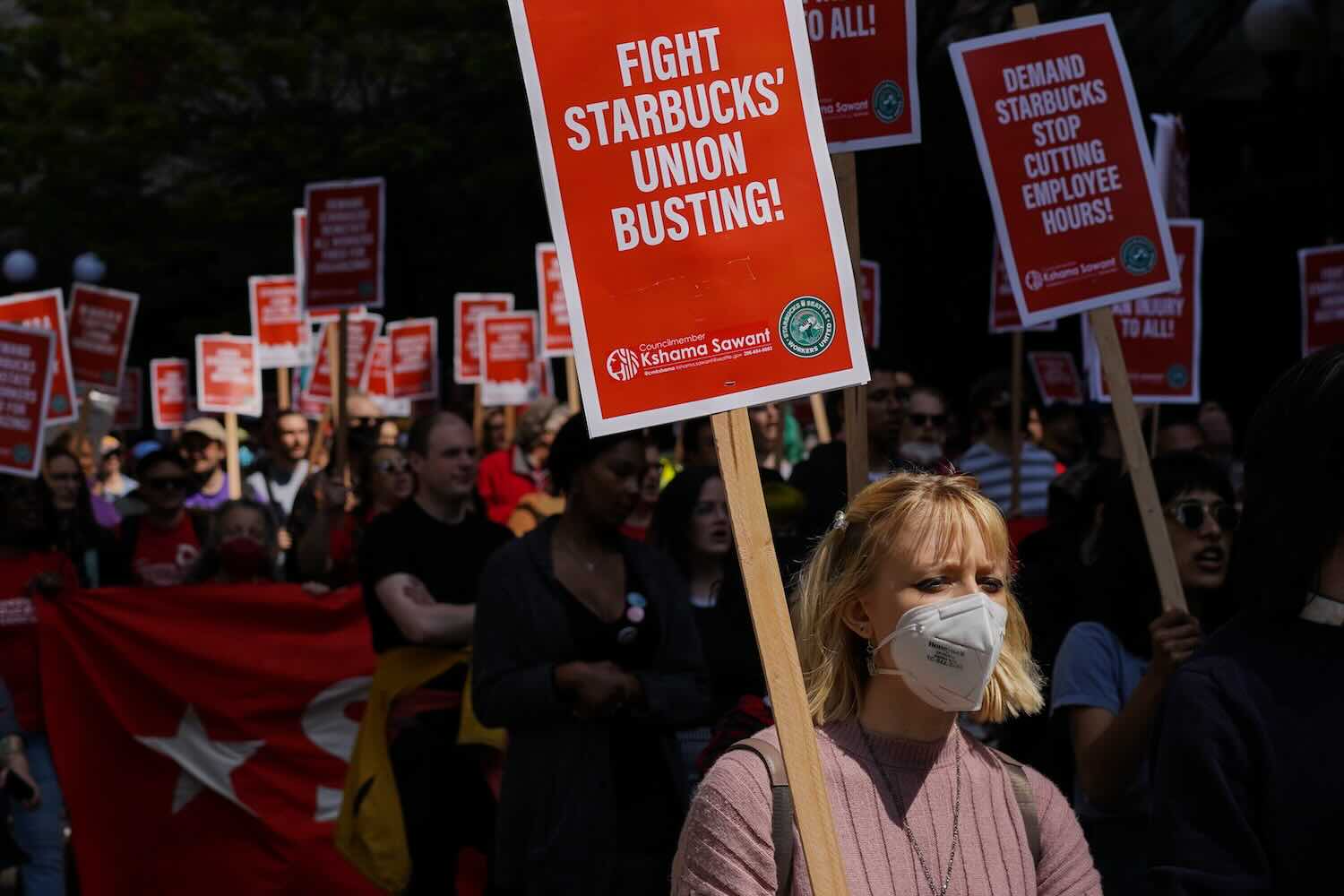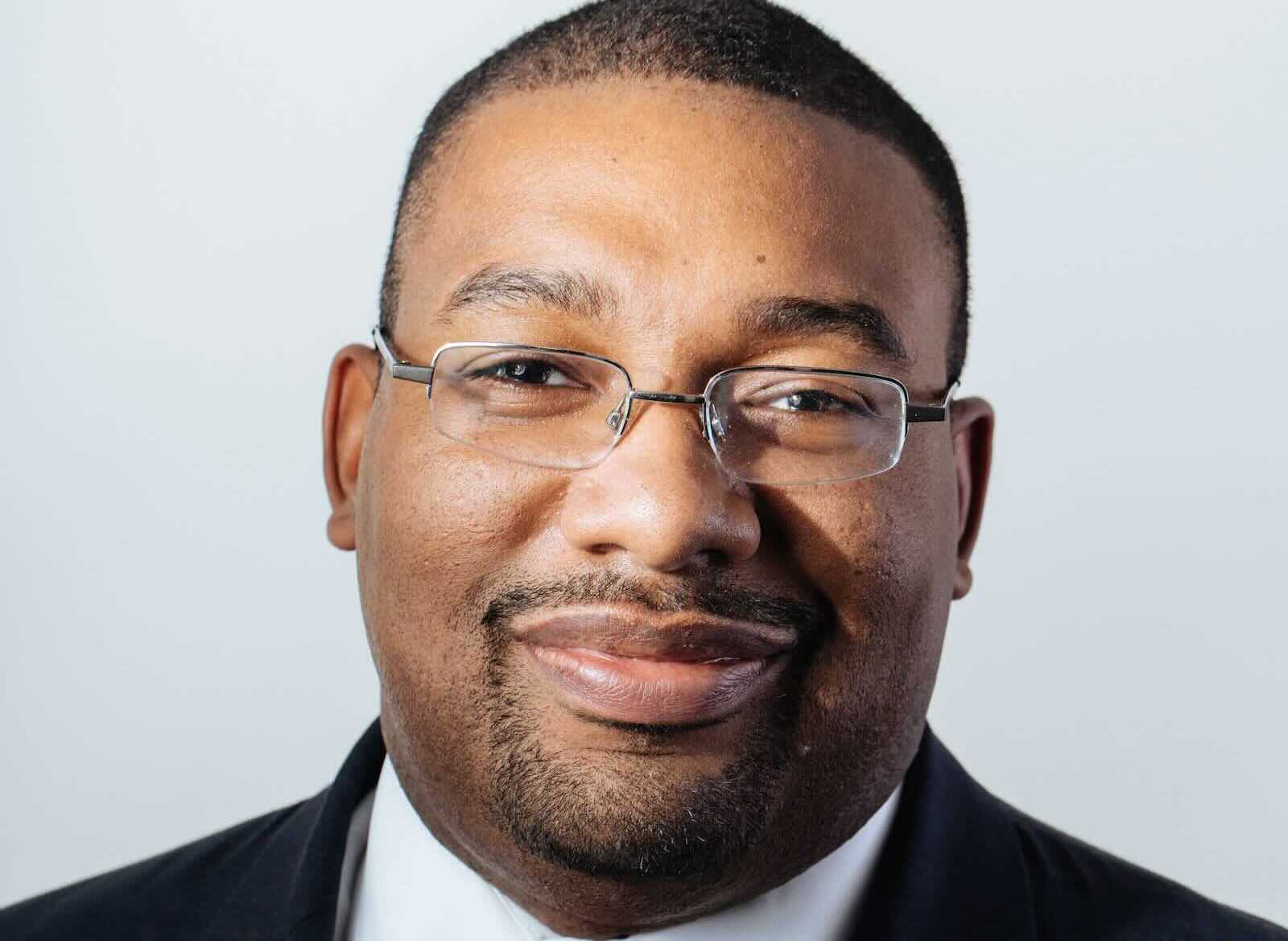Canadian businesswoman Zita Cobb returned to her hometown on Fogo Island off the coast of Newfoundland and helped remake the isolated former fishing community into an example of a local community thriving in the global economy.
Her Shorefast social enterprise practices what John McKnight called ABCD, for asset-based community development.
In that framework, the real “assets” are the people on Fogo Island and other communities, and what they can achieve together, Cobb reminded attendees of last week’s Sorenson Impact Summit in Utah. What we think of as financial assets should instead by called “resources,” Cobb said, to be deployed to enhance those human and natural assets.
With that in mind, I challenged the asset managers (and one impact lawyer) to use the term “resource” rather than “asset” during the panel on “Transformative Asset Management,” which I moderated at the Sorenson summit (suffice to say that rebranding remains a work in progress).
The panelists, Impact Engine’s Priya Parrish; Elevar Equity’s Amie Patel; Courtney Birnbaum of Corbin Capital Partners and Chintan Panchal of RPCK Rastegar Panchal (the lawyer) did take to heart Cobb’s wisdom that many small changes could together amount to big changes. They each offered crisp and tangible changes in the way asset – er, resource – allocators and clients could work with fund managers and wealth managers to shift flows of capital toward such thriving communities.
“These are all just tools, which may need to be shaped, re-purposed, or even tossed out, in pursuit of multiple bottom line goals,” Panchal wrote in his LinkedIn post on the panel (scooping ImpactAlpha!). “Don’t take #legacy structures and approaches at face value.”
Panchal was specifically calling out standard private-equity and venture capital fund structures. “Do we really think the traditional 2/20 funds model has to work for every impact strategy?” he asked. Other takeaways:
Shakeup the gatekeepers
Diverse, innovative and impactful general partners get attention, says Parrish, who heads Chicago-based Impact Engine, which now oversees more than $200 million in assets, including a new partnership with Alliance Bernstein. But they don’t often get the allocations. “Part of the reason they struggle to break through is because the consultants, outsourced chief investment officers, advisors, etc. are still largely concentrated, not focused on impact, and not diverse.”
That’s an argument for engaging intermediaries with real impact expertise as well, she says “Institutional investors should not just ask Hamilton Lane, Grosvenor, 50 South Capital, HarbourVest, Franklin Park, etc. to go invest with impact,” Parrish says. Purpose-built impact advisors “will have fewer excuses and build more compelling portfolios.”
Speaking of alignment, many impact practitioners are proposing new incentive structures for general partners to align with their impact objectives (see, “Impact Carry: A carrot-based approach to boosting the impact of impact investments”). “Should we also be asking LPs to do the same?” asked Elevar’s Patel.
From ESG to impact
Public markets can be the most efficient source of capital for scaling impact, so public-markets strategies must be optimized for impact, said Birnbaum, director of sustainability at Corbin, an alternative manager-of-managers, or rather, fund of hedge funds.
That increasingly means scoring companies on the “revenue materiality” of their climate and social goals – that is, are such solutions driving their actual business results? The hedge fund toolkit also includes shorting companies thwarting long-term sustainability goals, Atlas Impact Partners’ Rob Brown pointed out (see, “Using ESG and impact to sort leaders from laggards in 2023”).
Keep customers in mind
Every business Elevar invests in must raise incomes or lower costs for low-income customers, Patel said. When that kind of “customer flywheel” also drives a business flywheel of positive returns to scale, you have a sustainable business. That’s how Elevar, which has deployed more than $220 million, keeps its focus on the lower end of the customer market, where demand is strong for affordable, quality goods and services. “Focus should be on strong sustainable performance with the end customer in mind,” she says (see and listen to, “Growing demand, growing companies and growing opportunities for impact at scale”).
To that end, Patel says, “Underwriters should be asking tougher questions about why, how and what we measure. It’s not just a nice to have process, but should be a critical component of what we do and how we build companies.”
Get bigger together
The consolidation of impact investing advisories and fund managers has generally looked like this: smaller impact firm absorbed by bigger “mainstream” firm looking to bolster its credibility and product offerings. Another model: Purpose-built impact firms combining forces to achieve critical mass.
The challenges of running small firms on tight budgets are well known. But going “inside” may not be the best option, she said, proposing “collaboration and M&A within the industry, instead of with firms not fully dedicated to impact.”
“If we want to achieve the scale we need to move more money while still keeping a high bar for impact, let us build the scale by bringing together impact firms,” Parrish said.
Manage risks with catalytic capital
“Innovation does not move capital,” Panchal said. “De-risking innovative approaches does.” By envisioning the endgame when today’s innovation becomes tomorrow’s “plain vanilla,” catalytic investors can accelerate the adoption of high-impact strategies (see ImpactAlpha’s series’ on seeding, sustaining and scaling impact, in partnership with the Catalytic Capital Consortium).
What about the risks to catalytic investors themselves? “There are many tools for risk management that make it so you don’t have to say ‘No’ and instead focus on how,” Parrish says. Impact investors themselves have to become more sophisticated risk managers to make the case, she said. “We can mitigate risk while still being catalytic and very impactful.”
Redefine fiduciary duty
The recent flap over the Department of Labor’s guidance to pension fund managers around environmental, social and governance, or ESG investing points to a broader issue: the guidance didn’t go far enough in clarifying the affirmative duty of fiduciaries to protect investors from direct material risks in the portfolio and certainly not from broader systemic risks like climate change and income inequality. “There is an increasing amount of noise from various political and governmental actors, and some of it is intended to have a dampening effect on the growth of this industry,” Panchal said.
Inherent in the concept of fiduciary duty, after all, are a duty of loyalty and a duty of care. “Inherent in this duty of care is the obligation to make informed decisions, and from a legal perspective it is clear that this includes and incorporates an obligation to carefully consider all relevant factors that will impact the fiduciary’s decision,” he said.
“Truly understand #fiduciary duty,” Panchal wrote in his own post. “Hint: there is an affirmative duty to incorporate #esg into thinking and planning.”
Change perceptions
And finally, participate in shifting the mindset that doesn’t appreciate the business and social benefits of such future-focused, risk-mitigating and customer-centric approaches, despite now-long track records (and favorable comparables with “risk-adjusted market rates of return when, say, the S&P 500 last year fell by more than 18%).
“Success does not make fundraising easier – why is that?” Patel wondered.
Risk perceptions around low-income customers, emerging markets and new business models have combined to restrain the growth of impact investing. A shift in the broader narrative, economically and socially, can make expertise in managing such risks a competitive advantage rather than a liability.











